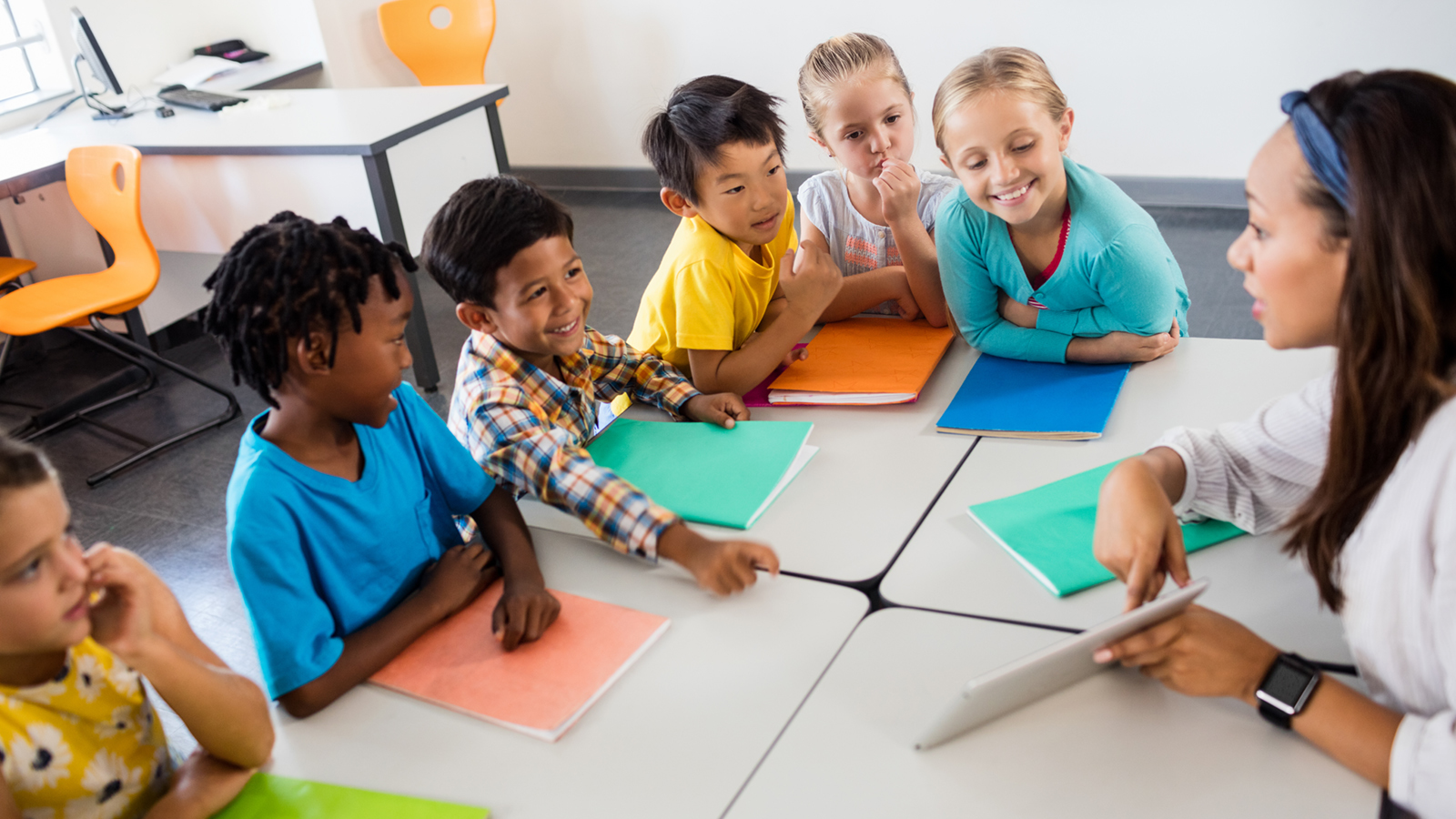
Whether you’re a parent or a teacher, or both, you are now coping with the effects of the coronavirus (COVID-19) outbreak. Across the country, schools have been shut down, and while some districts are turning to remote learning as a solution, others have announced that they have ended classes for the rest of the school year.
Amidst these sudden and sweeping changes, there are no doubt kids in your life—whether they’re kindergartners or high school seniors—who have major questions, concerns, or fears about this ongoing health crisis. You can expect them to turn to you for answers, information, or simply reassurance that everything is going to be all right. How do you respond? Many experts and educators agree on the best course to follow.
Give kids space to talk about their feelings.
Encourage them to ask anything they want about the coronavirus and how it is affecting the country and the world.
Be positive, calm, and reassuring.
Kids will look to their parents and/or teachers to determine how afraid they should be. As noted by Katherine Cowan, Director of Communications for the National Association of School Psychologists, “Across the board, how adults are responding, how information is conveyed, how nervous or anxious they are—that’s how kids will receive the information.”
For adults and kids alike, Cowan says, “Panicking is not helpful. On the other hand, we like to say that overpreparedness is not the same as panicking—so if you end up stocking up on more toilet paper than you actually needed, that’s not a bad outcome.” Cowan recommends focusing on the steps being taken by schools, and by adults in general, to keep everyone—especially kids—safe and healthy. You can also emphasize that health experts in the United States and other countries are working hard to learn everything they can about the virus, find a way to stop it from spreading, and ensure that people stay healthy.
Stick to the facts.
No matter what grade the child is in, you can explain that the illness is caused by a virus and describe in general what a virus is. You may also consider explaining the ways in which the coronavirus is different from and similar to the common cold or the flu. For example, like the flu, the coronavirus is a respiratory illness that affects the lungs, nose, and throat. But the coronavirus is a new virus, so scientists still have much to learn about it. Always be honest, factual, and open to all questions, but consider the child’s age when deciding how much detail to share. “Make sure that what you’re sharing...is developmentally appropriate,” Cowan says.
Reinforce reliable sources.
For up-to-date, accurate information about the coronavirus and the ongoing efforts to learn about it, contain it, and develop a vaccine, you may wish to consult the websites of leading organizations including the Centers for Disease Control, the World Health Organization, and the National Institutes of Health.
Emphasize the importance of taking precautions.
- Wash your hands with soap and water frequently for at least 20 seconds each time.
- Stay home if you’re sick.
- Cover your coughs and sneezes with a tissue or your upper sleeve—not your hands. If you use a tissue, throw it out as soon as you’re done with it.
- Keep your hands out of your mouth, eyes, and nose.
- Stop shaking hands—use other noncontact methods of greeting.

For educators especially, use the situation as a teaching moment.
Create grade-appropriate activities related to the virus.
- For elementary school, students can focus on the preventative measures they need to take to stop germs from making them sick. “I taught them how to wash their hands,” Ann Greenfield, a fourth-grade teacher in Staten Island, New York, says. “We wash them when we come into school, before lunch, after lunch, and after we sneeze and cough. I also taught them how to cough and sneeze so as not to spread germs.”
- For middle school, students can focus on exploring what viruses are, and what a vaccine is and how it’s created.
- For high school, students can approach the subject in the vein of cause and effect and create a list of sectors that could be adversely affected by the virus, including tourism, restaurants, public transportation, and hospitals. Or, have them come up with questions about the coronavirus and then consult various authoritative sources to get the answers, evaluating the information and usefulness of each source. They can also investigate and report on the differences between a pandemic and an epidemic.
Prohibit blame and bullying.
Make it abundantly clear that no person, race, or ethnicity is responsible for the coronavirus and that scapegoating a particular individual or group of students for it because of their race, ancestry, or country of origin has no scientific basis and will not be tolerated.
Keep up to date on this ongoing situation.
The best way to be prepared and confident when talking to kids about this situation is to be fully informed. Check out the following resources:
- CDC: Questions and Answers About COVID-19 and Children
- CDC: Talking With Children About Coronavirus
- WHO: Q&A on Coronaviruses (COVID-19)
- NIH: Coronavirus Disease 2019 (COVID-19) Outbreak
***
To help you continue teaching and learning during the current outbreak of coronavirus (COVID-19), visit our At-Home Learning Support page for free resources.
Related Reading












